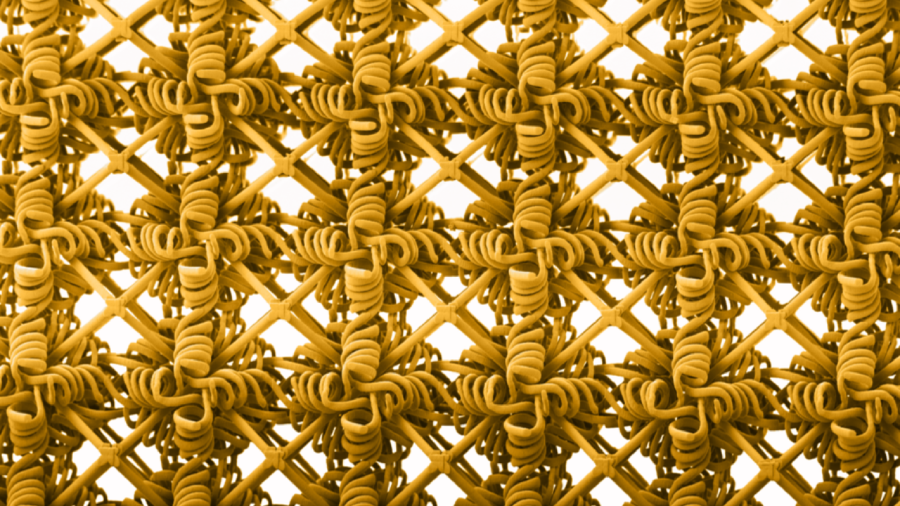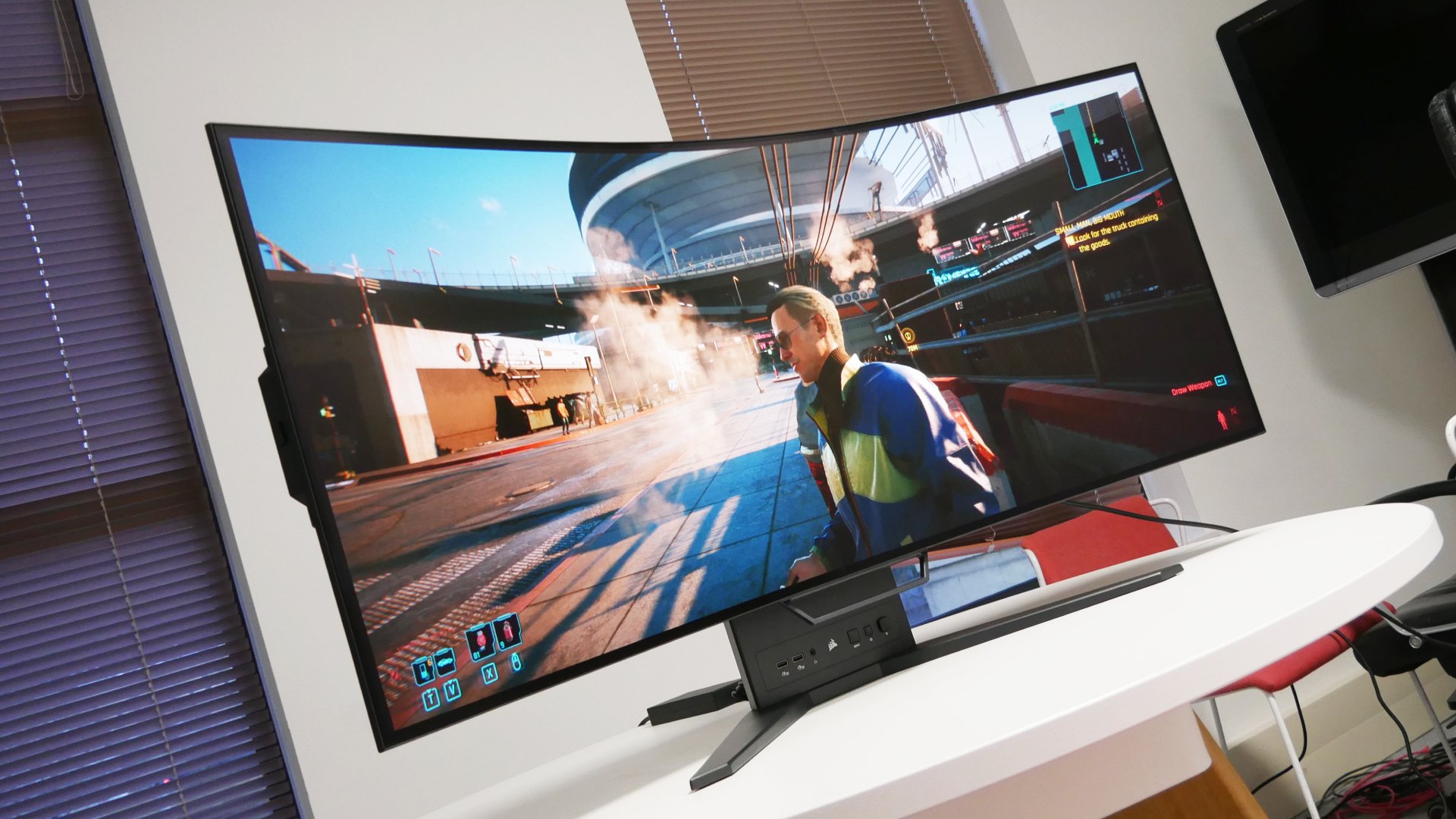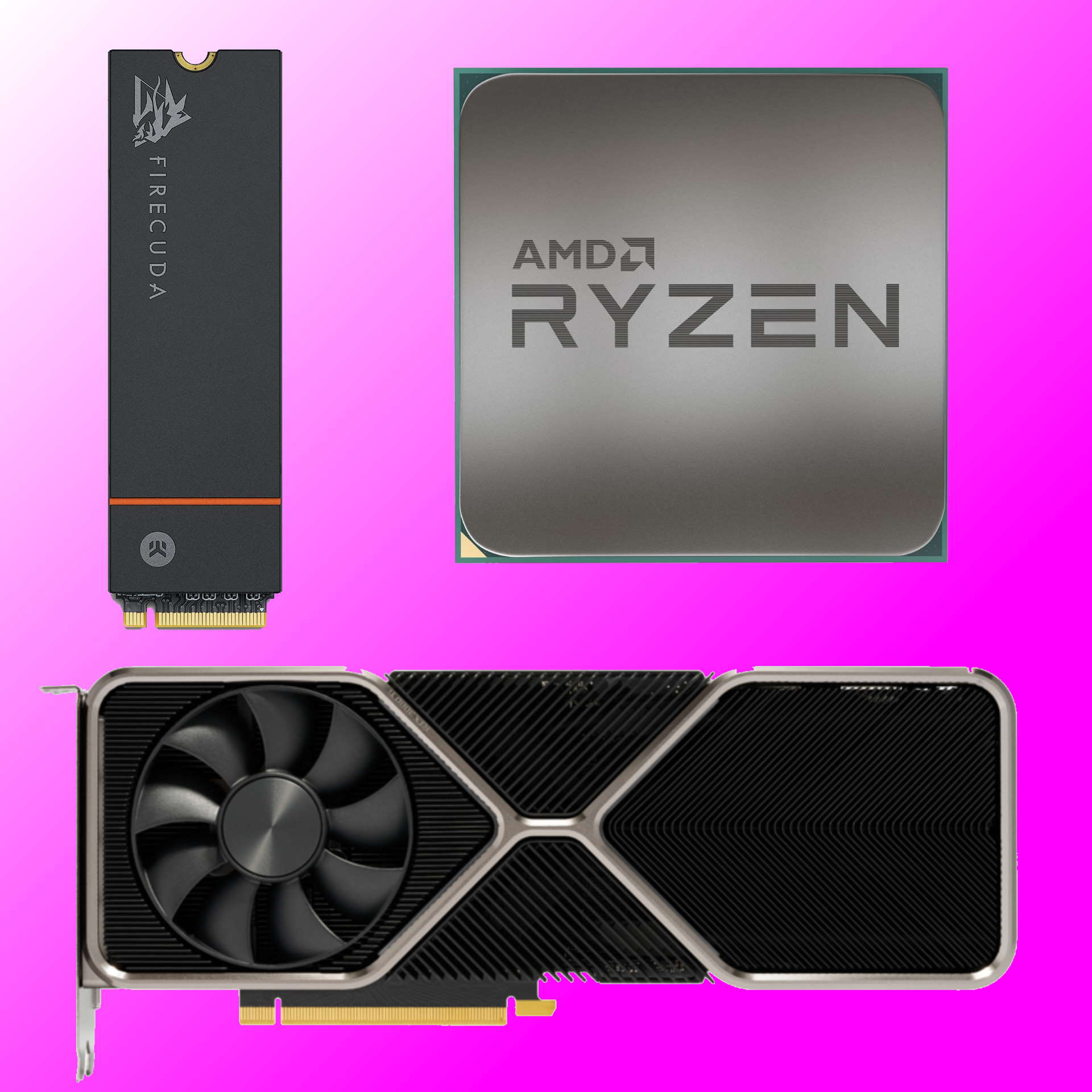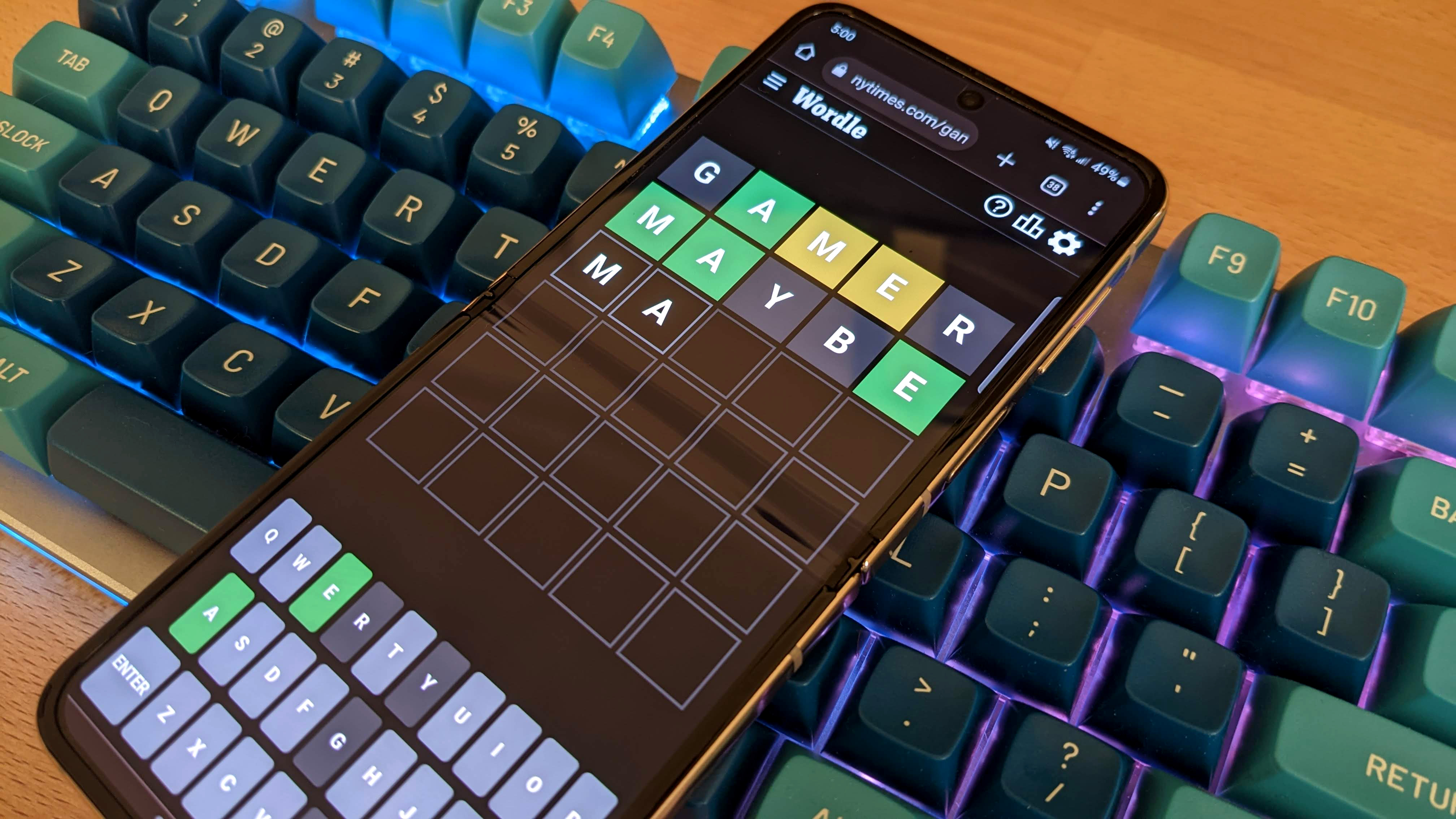
Strong but stretchy, apparently.
When it comes to computing, flexibility usually means something to do with software compatibility, or just maybe a bendable screen. But a computer chip that can be extended to over three times its normal size? That’s a real, er, stretch.
But it’s exactly what a team of researchers at MIT are claiming their new “strong but stretchy” metamaterial could enable. A metamaterial, in case you’re wondering, is a substance with multiple microscopic structures.
Typically, these structures combine to enable properties that are usually compatible, including strength combined with softness or stretchiness. As for the new MIT material, it combines a “rigid, grid-like scaffold of struts and trusses” with “a pattern of coils that weave around each strut and truss”.
Both structures are made from the same acrylic plastic and are printed in simultaneously using a high-precision, laser-based printing technique called two-photon lithography.
“Think of this woven network as a mess of spaghetti tangled around a lattice. As we break the monolithic lattice network, those broken parts come along for the ride, and now all this spaghetti gets entangled with the lattice pieces,” MIT professor Carlos Portela explains.
“That promotes more entanglement between woven fibers, which means you have more friction and more energy dissipation.” MIT attached either end of the new material to a specialized nanomechanical press and measured the force it took to pull it apart. The result? The new double-network design could be stretched to three times its own length.
MIT also says some printed patterns, “can impart exceptional strength and impact resistance to the resulting metamaterial.”
This clever new material has a myriad of possible applications using several different base substances. MIT claims it could be used to fabricate stretchy ceramics, glass, and metals. Specific applications include tear-resistant textiles or durable yet compliant scaffolds on which to grow cells for tissue repair.
Oh and flexible semiconductors and chip packaging. While that immediately brings to mind various sci-fi possibilities when it comes to bendable or stretchable devices, MIT’s new metamaterial could also make existing device classes more robust and reliable.
Portable devices like laptops and tablets are particularly prone to physical stresses. But motherboards and graphics cards can also bend over time, often as a result of heat cycles. If not only the chips and other components built onto those boards, but also the electrical traces, were actually bendable themselves, it’s not hard to imagine almost unbreakable digital devices.
Indeed, “ceramics, glass and metals” covers off pretty much everything that goes into computers and other gadgets that isn’t already flexible, opening up a whole world of possibilities that go well beyond mere folding or flexible screens.
Best CPU for gaming: Top chips from Intel and AMD.
Best gaming motherboard: The right boards.
Best graphics card: Your perfect pixel-pusher awaits.
Best SSD for gaming: Get into the game first.





